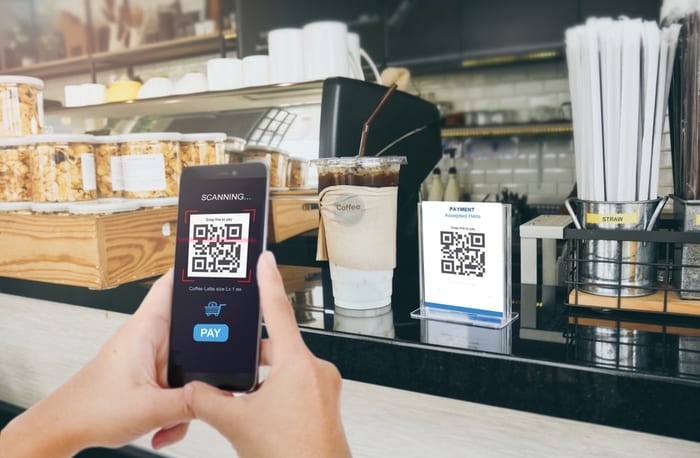
Automation promises many benefits in retail, including the potential to reduce costs and improve the customer experience. Just because you can doesn’t mean you should, though.
The July Automated Retail Tracker examines the latest cashierless efforts in retail and finds which are experiencing uptake and which may fall flat.
Even though Amazon Go locations are still small in number – currently, there are 13 stores open in four cities with four more in the works – this automated retail concept spurred retailers at home and around the world to experiment with this emerging concept. So far, the results have been mixed; in China, the market appears to be deflating, while in the U.K. it is just taking off.
Last fall, it was reported that Amazon might open 3,000 Amazon Go locations by 2021.
What’s the reality so far?
The U.S. Isn’t Only for Big Brands
In the U.S., this seemingly high-tech format is being adopted (and adapted) by smaller, regional stores without Amazon-sized budgets.
Giant Eagle recently launched a pilot in one location in partnership with startup Grabango. The technology, similar to that of Amazon Go stores, uses computer vision and artificial intelligence (AI) to identify what customers take from the shelves. Customers can use credit cards or cash or go completely cashierless with Grabango’s payment app.
Another regional grocer, H-E-B, has begun piloting a scan-and-go solution, which lets customers scan products with their smartphones during their shopping trip, bag them and pay via generated QR code before leaving.
Farmhouse Market, a much smaller player in Minnesota, shows how automated retail can be adapted outside of big cities and tech hubs. The natural foods store uses mobile self-checkout and is membership-based to allow customers 24/7 keycard access.
Zippin, a cashierless convenience store, launched last year, also in San Francisco, with the goal of reducing typically long lines. Shoppers log in with an app, pick up goods and can walk out. Notably, the store now takes cash since San Francisco banned cashless businesses.
“We expect pretty much all stores to be checkout-free,” said Zippin CEO Krishna Motukuri in an interview with PYMNTS. “Once they’re used to this experience, customers won’t want any kind of self-checkout, or anything where they’re required to do a lot of work.”
Standard Cognition, a startup that has developed autonomous checkout technology that’s used in two stores in San Francisco (and five in Japan), raised $35 million in funding last month, indicating that cashierless checkout is still a hot commodity in the U.S.
China Is Changing Course
Amazon has a far smaller presence in China, so the unmanned store boomlet that swept the country – in Q3 2017, China’s cashierless stores attracted one billion yuan (roughly $156 million) in funding – wasn’t necessarily in reaction to Amazon.
In 2017, Alibaba launched a supermarket chain called Freshippo, also known as Hema Xiansheng, to much fanfare. By the end of that year, approximately 200 automated shops had opened – but, according to a new report, many of these unstaffed stores have been closing since 2018.
Just last July, online retailer JD.com announced plans for 5,000 small, unmanned shops using smart shelves. By the start of 2019, those plans were scrapped.
Buy-Fresh Go, an automated store upheld as an exemplary model, closed after about one year, and i-Store, the first local unmanned convenience chain, now has just three locations left, down from a peak of nine.
What went wrong?
Some blame the difficulty of selling produce and fresh food in this format. In China, fresh food is responsible for higher margins, but many of these stores focused on stocking packaged goods. Operators also might have overlooked the value of customer service for shoppers.
England Stands a Chance
The U.K. is often ahead of the U.S. when it comes to online grocery shopping, delivery and self-serve payments. A tiny 3 percent of U.S. grocery spending occurs online, compared to the U.K.’s roughly 10-15 percent of online grocery penetration.
British supermarket Tesco partnered with Israeli automated retail startup Trigo Vision to create a checkout-free store and launched a trial Tesco Express location in June. Like Amazon Go, Tesco is using AI technology, shelf sensors and cameras to track customers’ purchases and charge them as they leave. The technology is intended to combat shoplifting and improve inventory tracking.
Sainsbury’s is also gunning for a cashierless future. The U.K.-based supermarket opened the country’s first checkout-free store in April, where shoppers can make payments via an app. The checkout area has been removed and replaced by a help desk to assist customers who don’t want to pay using mobile, though early reports stated that 82 percent of transactions have been cashless.